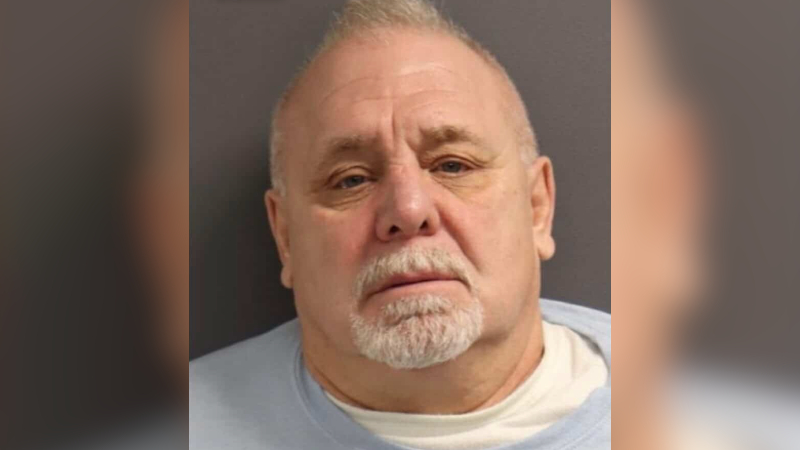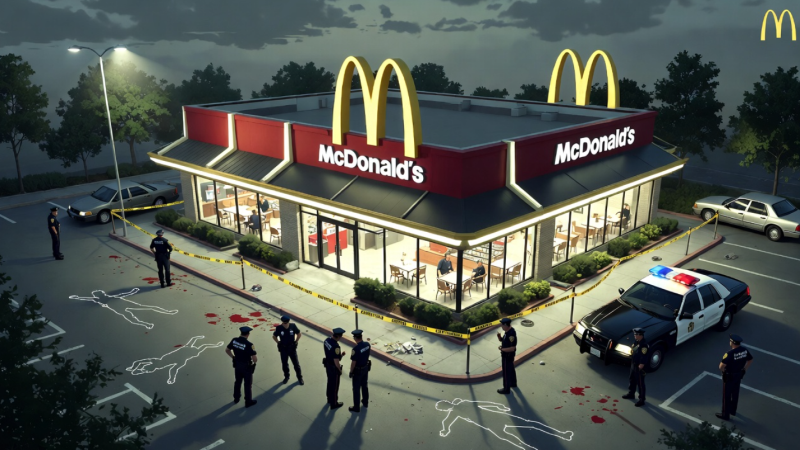
Yet another rolling disaster for the nation’s food supply chain
The nation’s food supply chain remains under stress. We’ve been sounding the alarm on America’s beef cattle supply dwindling to the lowest levels in over half a century.
Now, Bloomberg reports that dairy farms are pivoting breeding programs toward beef-on-dairy hybrids, capitalizing on the low beef herds amid last year’s crushing milk glut. However, this comes with mounting risks as the nation’s dairy herd begins to crack.
Hybrid calves are produced by artificially inseminating a dairy cow with semen from a beef bull. This has created a massive upside for struggling dairy farmers battered by volatile milk prices and an unforgiving glut in recent years. Midwest farmers last year were forced to dump tens of thousands of gallons of milk down the drain.
“Milk prices are up and down and so farmers are always looking for a way to offset costs to be as efficient as possible,” said Amy Penterman, the owner of Dutch Dairy, which breeds approximately 70% of its 900-cow milking herd for beef.
Penterman explained the new revenue stream is “rewarding because the beef supply has diminished over the last few years. We’re able to add that extra supply into the market to keep the cost down for our consumers.”
The latest USDA data shows the nation’s beef cattle herd plunged to its lowest level since 1951, primarily due to persistent droughts across the Midwest, surging diesel and feed costs, and high interest rates. Higher costs have forced ranchers to cull an increasing number of beef cows.
On Wednesday, Tyson Foods CEO Donnie King told the audience at the BMO Global Farm to Market Conference in Toronto that he’s still uncertain when US ranchers will rebuild beef herds meaningfully.
One major problem with dairy farms pivoting towards beef-on-dairy hybrids to capitalize on soaring beef prices is the collapse of the replacement dairy cow inventory.
Data from the USDA already shows that the number of available replacement cows for dairy herds in January 2024 plunged to lows not seen since 2004.
Rabobank’s Lucas Fuess warned that if milk prices were to jump, low inventories and higher prices for replacement cows could cause farmers to experience severe margin compression.
Nate Donnay, the director of dairy market insight at StoneX Financial, said the number of replacement dairy cows is already “down to the minimum level” needed to maintain the dairy herd.
“Ten years from now, the beef herd’s probably going to get too big again and prices will be terrible and maybe they don’t want these dairy animals anymore,” Donnay said, adding, “But for the next couple of years, that demand for dairy animals into the beef herd is probably going to stay strong.”
Yet another rolling disaster for the nation’s food supply chain.
Israeli Plan to Force All Gazan Survivors Onto US Ships Exposed




